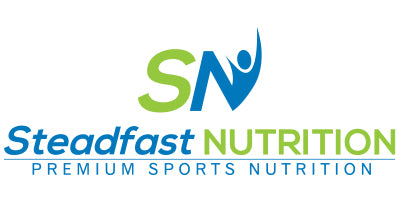An athlete challenges his physical strength and stamina regularly through physical training/competitions. It predisposes him/her to higher nutrition needs required for them to perform, facilitate the repair and build a better physique.
There is an increased need for athletes to know that nutrition and exercise are intertwined, which help produce optimal performance. Practising any sport requires the right nutrition, especially in the adolescence phase as it builds the foundation for leading an active lifestyle and improving the quality of life.
General nutrition recommendations include the specific requirements of an athlete’s health parameter, sports, food choices, body weight and body composition.
Why is nutrition so important?
Not just the type and quality of food, but also the time at which food is consumed has a huge impact on strength, training, performance and recovery. Therefore, special attention should be given to when and how much to eat or drink. So, the 3 main windows recognised are prior, during and post-training or competition.
Pre-Training Nutrition
2 hours before the exercise
- High carbohydrate, low in fat and moderate in protein food
- E.g. white rice with legumes/pasta
30 minutes before the exercise
- Simple to digest carbohydrate
- E.g. fistful of raisins, banana, energy drink
As most of the training sessions of Elite athletes have high training intensities and volumes, so energy intake must be sufficient to support recovery and adaptation. Why? As it is observed that low muscle glycogen decreases high-intensity performance.
What fuels you during exercise?
Carbohydrate and fat are the two major energy sources, which get metabolised during prolonged (endurance-type) exercises. Carbohydrate intake during performance lasting for more than 2 hours has shown to be effective to increase endurance performance.
Example an electrolyte based energy drink which provides minerals like Na, K, Mg, Cl along with carbohydrates like dextrose, maltodextrin or gelatinised corn starch.
The energy needs are customised as per the interactions between training desired physiological adaptations, competition and nutrition requirement. For instance, 30-60 gm/hr is a suitable target for sports of longer duration, whereas events more than 2.5 hours may require higher ingestion of carbohydrates up to 90 gm/ hr.
Post Training Nutrition
The timing, type and amount of protein intake influences post-exercise recovery and adaptation. Also, the provision of specific amino acids may play a role in protein synthesis or training adaptations. E.g. The addition of protein and BCAA (Branch Chain Amino Acid) before or after resistance training may increase protein synthesis and an increase in lean mass.
Within 30 minutes of post-training
- Any protein supplement shakes e.g. whey protein, plant protein-based/eggs, chicken, etc.
Meal after 1-2 hours
- Rice/millets/whole grain flour bread with chicken/paneer/eggs /legumes
How should the overall diet be?
Diet has a huge impact on maintaining a balance between peak performance and good health. It also has been observed that calories as per the body’s requirements, which should cover your basal metabolic rate, activity levels and high-protein in totality a nutritionally balanced diet should be planned. Any kind of insufficiency, the inadequacy of nutrients, calories can hamper performance.
REFERENCES
- India A, Singh N.(2016).Role of Nutrition in Sports: A Review. Indian J Nutri.3(2): 147
- Wojtys, EM.(2015).Young Athletes Sports health. A Multidisciplinary Approach. 7: 108-109.
- Cermak, N. M., & van Loon, L. J. (2013). The use of carbohydrates during exercise as an ergogenic aid. Sports medicine (Auckland, N.Z.), 43(11), 1139–1155. https://doi.org/10.1007/s40279-013-0079-0
- Phillips, S. M., & Van Loon, L. J. (2011). Dietary protein for athletes: from requirements to optimum adaptation. Journal of sports sciences, 29 Suppl 1, S29–S38. https://doi.org/


